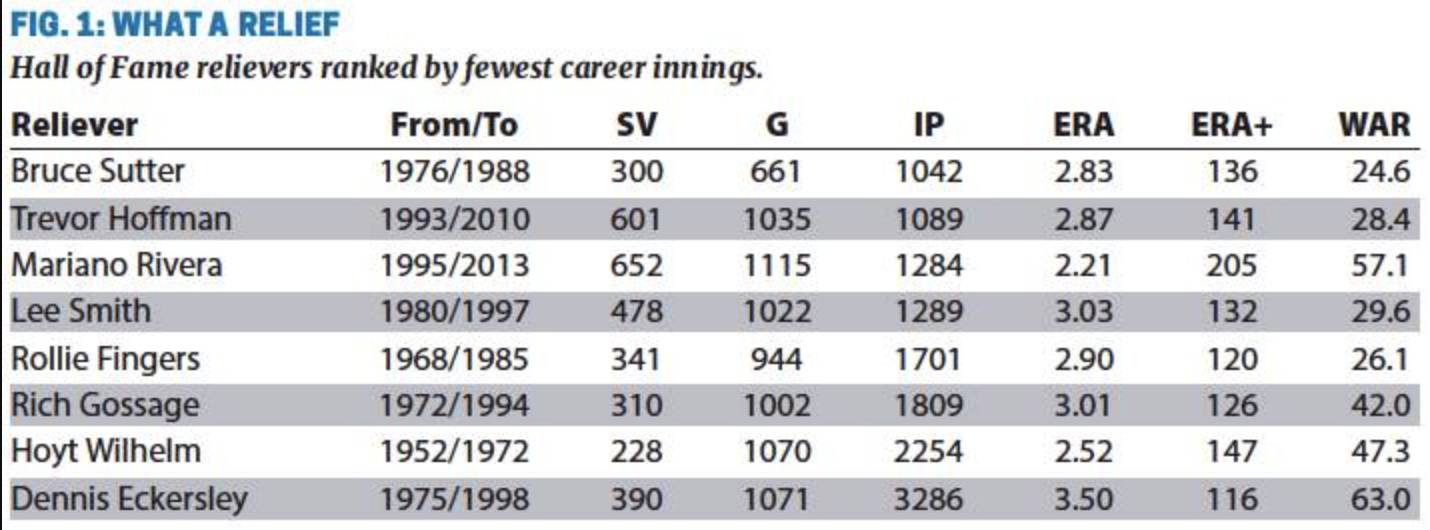Ringolsby: Baseball Hall Voting Standards Have Changed With The Times


Image credit: Edgar Martinez, Mike Mussina and Mariano Rivera (Photo by Alex Trautwig/MLB Photos via Getty Images)
Change can take time. It slowly evolves. And it eventually becomes apparent.
Never has there been a Hall of Fame vote by veteran members of the Baseball Writers’ Association of America that underscored the fact that as the game changes, the criteria taken into consideration by the voters changes, too—only at a slower pace.
Mariano Rivera, a reliever with the Yankees for virtually his entire 19-year career, became the first player in the history of the Hall of Fame, which dates to 1936, to be unanimously elected.
Not only is it impressive that he was unanimously elected, but it is also admirable that the voters would respond that way to a reliever, a subset of players who were frowned upon for years because they were viewed as failed starters. That attitude resulted in a reluctant electorate when it came to giving the boys from the bullpen serious consideration.
Hoyt Wilhelm was the first pitcher who made at least 250 relief appearances to be inducted—and that was in 1985, a full 13 years after he retired.
There have been seven more relievers elected since Wilhelm (see Fig. 1), beginning with Rollie Fingers in 1992. One of those, Lee Smith, failed in 15 opportunities on the writers’ ballot and was elected this offseason by the 16-man Era Committee.

Roy Halladay and Mike Mussina were both elected, showing the voters are adjusting to the changing role of a starting pitcher. Once the standards of a dominating pitcher were 300 career wins and high totals for innings and complete games.
It’s not that way anymore. That is underscored not only by the recent Hall of Fame inductees, but also by shrinking innings and complete game totals in the majors.
In fact, Halladay will enter Cooperstown with the fewest innings (see Fig. 2) by any post-World War II starter except Sandy Koufax, who was forced by injuries to retire at age 30.

Pedro Martinez has the third-fewest innings in the post-WWII Hall of Fame group, while John Smoltz and Mussina help round out the top 10.
Edgar Martinez, meanwhile, became the first player elected by the BBWAA to the Hall of Fame who was considered a DH, even though he broke into the big leagues as a third baseman. The AL adopted the DH in 1973, but the fact a true DH rarely—if ever—plays in the field has been a hurdle that players like Martinez had to cross to gain BBWAA votes.
Martinez is one of the most accomplished DHs in history. Among players with more than 5,000 plate appearances and at least 40 percent of games at DH, he ranks third in wins above replacement (68.4), behind fellow Hall of Famers Paul Molitor (75.7) and Frank Thomas (73.9) but ahead of David Ortiz (55.3), Jose Canseco (42.5) and new Era Committee selection Harold Baines (38.7).
Managers have changed how they manage, and Hall of Fame voters are catching up in their evaluations of the candidates. Judgments need to be made on a generational basis, not an all-encompassing statistical history.

Comments are closed.